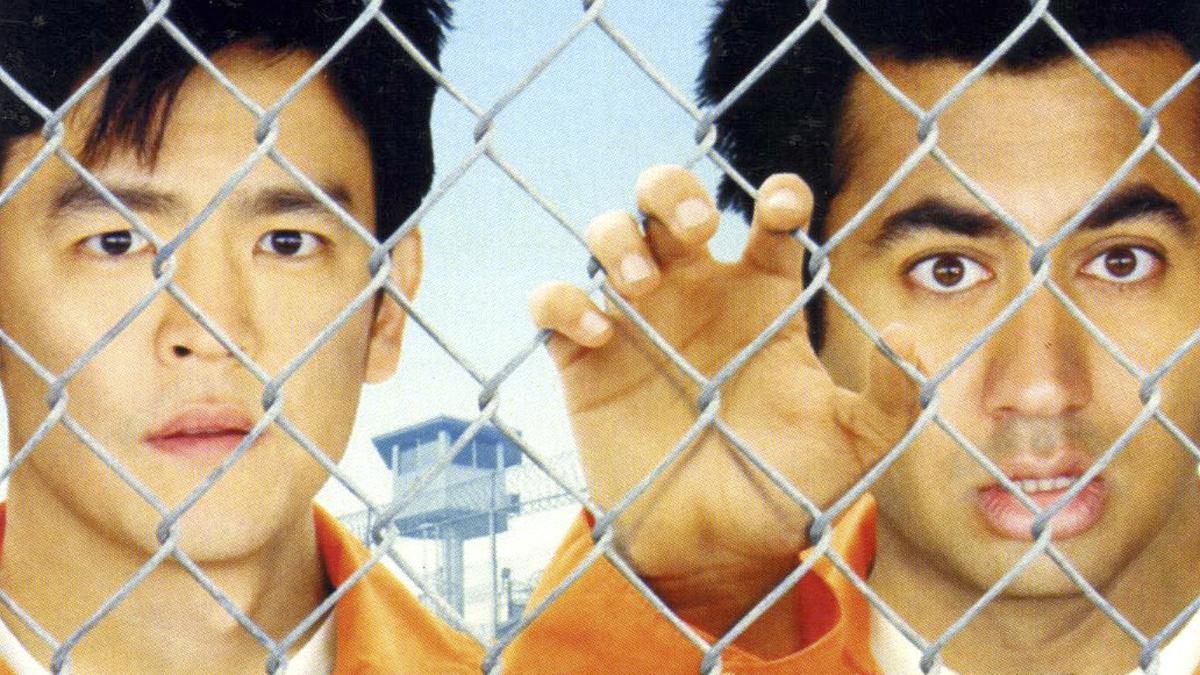
Dancers from Apsaras Dance Company, Singapore, presented a thematic production ‘Ramayana: Celebrating the Shared Heritage’ at Bharata Kalakshetra Auditorium.
| Photo Credit: SRINATH M
The appeal of the Ramayana transcends geographical boundaries and genres. So what better way to mark the occasion of the 60th anniversary of diplomatic relations between Singapore and India, than by staging ‘Ramayana: Celebrating the Shared Heritage’.
Presented by the Consulate-General of the Republic of Singapore in Chennai on August 8 and 9 at Kalakshetra. ‘Ramayana: Celebrating the Shared Heritage between Singapore and India’ on August 8 and 9 at Kalakshetra in Chennai. This cross-cultural performance was conceptualised by Aravinth Kumaraswamy, artistic director of Apsaras Dance Company, Singapore in collaboration with Osman Abdul Hamid, artistic director of Era Dance Theatre, Singapore. The cast included dancers from Singapore and India. Well-known Bharatanatyam dancer and teacher Urmila Sathyanarayanan played the role of Sita.
‘Ramayana: Celebrating the Shared Heritage between Singapore and India’ on August 8 and 9 at Kalakshetra in Chennai.
| Photo Credit:
SRINATH
Tamil Nadu Minister for Information Technology and Digital Services Palanivel Thiaga Rajan was the guest of honour on the inaugural day. S. Vijaykumar, head of branch secretariat of the Ministry of External Affairs in Chennai was also in attendance.
Singapore Consul-General Edgar Pang said: “The production celebrates the close cultural and people-to-people ties between Singapore and India.”
According to Aravinth Kumaraswamy, “As an artiste rooted in Indian dance and music, I draw deep inspiration from this connection that is driven by collaborations among people, traditions and artistic voices from across the region.”
What made the presentation special was also the venue — Kalakshetra. This is where the institution’s founder Rukmini Devi’s Ramayana dance dramas have attained cult status.
Select episodes from the epic were presented in a unique way.
| Photo Credit:
SRINATH M
A few select episodes from the epic were presented in a unique way — through a group of apsaras. The production began with a vibrant portrayal of Rama’s childhood and charming persona, set to the evocative verses of Tulsidas’s ‘Thumak chalatha ramachandra’ and ‘Hanuman Chalisa’. Both these songs stood out for their group choreography.
Episodes leading to the battle between Rama and Ravana stood out for its visual appeal.
| Photo Credit:
SRINATH M
The focus then shifted to the forest, where Rama and lakshmana in their search for Sita encounter Hanuman. The spotlight then turned to Hanuman as the story traced his journey to Lanka, his poignant meeting with Sita at Asokavana and his fiery act of setting the city ablaze. This sequence culminated in the battle between Rama and Ravana.
The choreography, costume and jewellery, lighting design and music added enough appeal and vibrancy to the production.
Jishnu Gopi played the role Hanuman with conviction and finesse.
| Photo Credit:
SRINATH M
The dramatisation of Hanuman’s episodes were the tour-de-force of the production, with Jishnu Gopi playing the role with remarkable conviction and finesse. Urmila Satyanarayanan conveyed Sita’ s emotional state with restraint and sensitivity, while Savita Narasimhan’s poignant rendition captured the mood. However, a little subtlety in Urmila’s aharya, particularly in the context of Asokavana, could have enhanced the characterisation. Mohanapriyan Thavarajah as Ravana made an impact with his costume and jewellery. Wefi Sofianah, a fine dancer from Era Dance theatre, as Trijada, beautifully integrated the Javanese style into Bharatanatyam narrative, adding texture and elegance to the scene.
Rajkumar Bharathi’s soundscape was a melodious fusion of Javanese Gamelan music and Indian classical. Vocalists Abhishek Raghuram, Savitha Narasimhan and G. Srikanth were supported by a large ensemble of musicians, under the deft music direction of Sai Shravanam.
Lighting design by Surya Rao flowed well with the choreography by Mohanapriyan Thavarajah, Jayanthi Subramaniam and Osman Abdul Hamid.
This retelling of the Ramayana unfolded as a captivating visual spectacle, holding the audience’s attention from start to finish.
Published – August 13, 2025 03:55 pm IST


